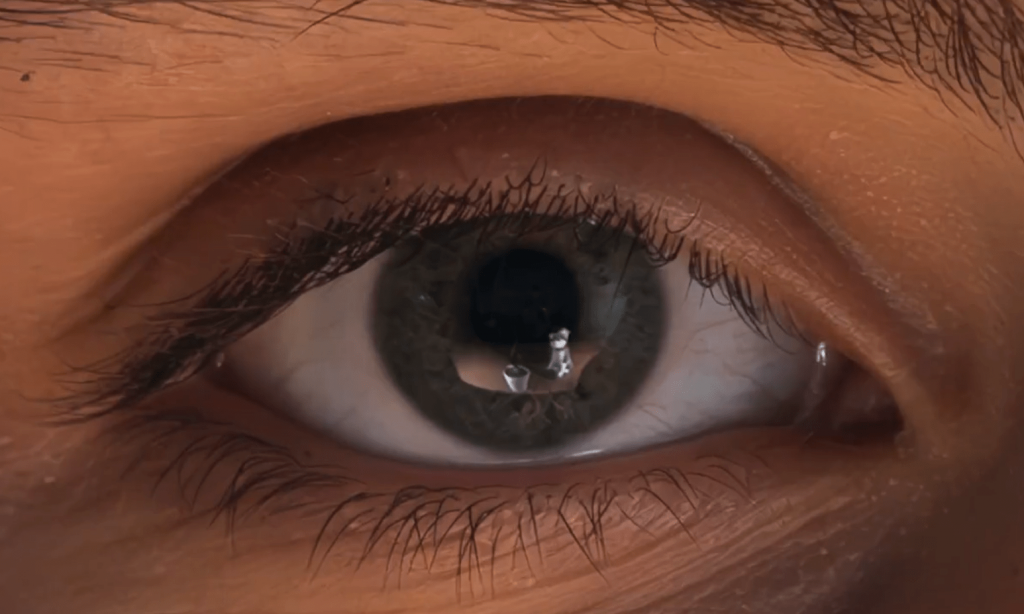In a world where eyes have long been hailed as the windows to the soul, researchers from the University of Maryland have flipped the script. They have discovered that these remarkable organs can serve as mirrors, offering a glimpse into the visual experiences of individuals.
Crime scene investigators on television captivate us with their arsenal of futuristic gadgets, but in reality, such tools are largely figments of imagination. However, researchers are making remarkable strides in extracting a wealth of information from a mere handful of video frames. Enter the University of Maryland team, who have taken inspiration from the neural radiance field (NeRF) technology, capable of creating detailed 3D models from limited 2D images captured from different angles. Their innovative approach involves extracting data from eye reflections, providing a unique perspective on visual reconstruction. It is important to note that this technology is not yet suited for crime-solving purposes.
While traditional methods rely on high-quality source material, the team faced a unique set of challenges. Instead of pristine smartphone footage, they had to work with grainy, low-resolution video frames obtained from surveillance cameras. Extracting reflections from these images, and separating them from the complex textures of the iris, required meticulous post-processing techniques to refine the imagery.
Additionally, the team faced constraints with the limited variation in the series of 2D images used for reconstruction. Unlike smartphone apps that capture a subject from multiple angles, this approach had to rely on slight variations in the eye’s movement within a fixed location. This limitation resulted in 3D models with lower resolution and fewer details. While basic objects could still be identified, the researchers achieved these outcomes under controlled conditions, such as simple scenes, deliberate lighting, and high-resolution source imagery.
The true test came when the team applied their technique to external footage featuring optimal lighting conditions. For instance, they analyzed a clip from Miley Cyrus’s Wrecking Ball music video sourced from YouTube. However, the resulting 3D model proved inconclusive, resembling a vague blob that might represent a hole in a white shroud seen through the camera lens.
Even the sharpest minds, like the investigators from CSI, would struggle to decipher the meaning behind this enigmatic representation.
While the research itself is captivating, it will require significant time and further advancements before practical applications can be realized.

